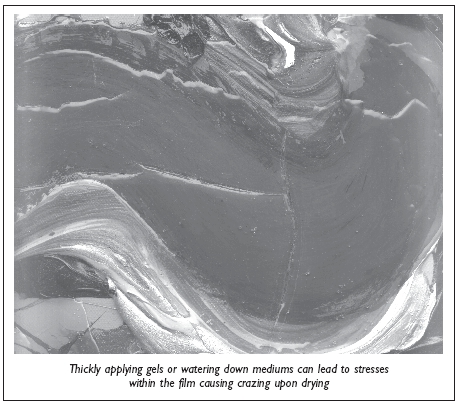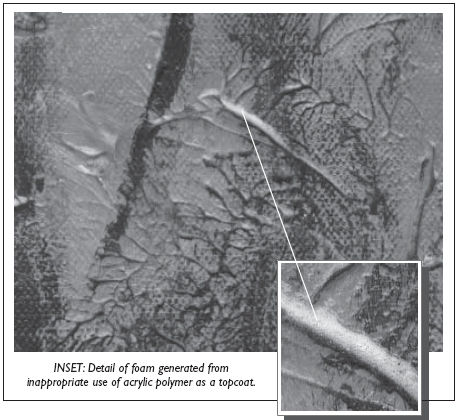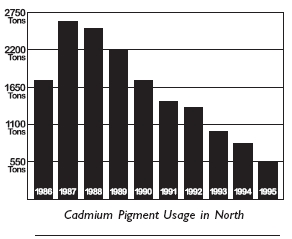EDITOR’S NOTE (4/26/23): Please note that Polymer Varnish has been discontinued and replaced with Gloss Waterborne Varnish. You can read more about it here. As with any surface around the home, office, or especially, in a public place, paintings become a depository for airborne dust. They can also get touched occasionally, either inadvertently or purposefully, and may … Read more
Home>Acrylics> Artist Resources> Conservation > Techniques for Cleaning Acrylic Paintings
About Golden Artist Colors, Inc.
View all posts by Golden Artist Colors, Inc. --> Archive |  Golden Artist Colors, Inc.
Golden Artist Colors, Inc.
Although acrylic paint tends to dry quickly, several techniques and additives can extend wet time. This Information Sheet discusses how acrylic paints cure and describes how that process can be controlled and manipulated to an artist’s advantage. The Acrylic Drying Process Water is Forced Out by Capillary Action: Acrylics dry as the vehicle that … Read more
May 7, 2025Editor’s Note:To ensure this article remains current, it has been updated to include some information on the easy-to-use Crash Paint Solids kit developed by GOLDEN. If you would rather not flush water laden with acrylic paint solids down the drain, they can be removed prior to disposing of the water. This process consists … Read more
Please don’t be disappointed, but this article is really about the best alternatives for disposing of wastes generated while painting. I know it is a lousy trick, but the Editor insists on captivating headlines. However, there are real benefits to doing a good job with waste management practices, and if you stay till the end … Read more
One of the most critical problems in the manufacture and use of acrylic paint is the development of foam. It can cause structural problems in the dry paint film by weakening it and can create a more permeable paint surface capable of imbibing dirt and other discoloring pollutants. But the primary problem with foam is … Read more
Alternative Pigments Are Becoming Available Introduction Environmental and health concerns have spurred increasingly stringent regulatory requirements for the use and disposal of Cadmium based pigments. As a result, many industries have decreased or entirely eliminated the utilization of these colorants. If these trends continue, formulating cadmium pigment into artist paints will become increasingly difficult, and … Read more
GOLDEN Heavy Body Acrylics were the first line of paints produced by Golden Artist Colors, Inc. in 1980. Formulated to have an exceptionally smooth, thick texture, these paints were regarded as the best quality available; however, they did not meet the needs of all users. Many artists were thinning the Heavy Body paints with water. … Read more
Artists, photographers, printers and other users of colored materials need to be familiar with how lightfast the elements of their work are. Some materials can be exposed to strong light for decades without showing a visible color change. Others may start to change within a year. For paints, particularly oils and acrylics, this information is … Read more
EDITOR’S NOTE (4/26/23): Please note that Polymer Varnish has been discontinued and replaced with Gloss Waterborne Varnish. You can read more about it here. The application of varnishes is a topic which generates frequent questions. This is a complex issue which does not always lend itself to easy solutions because no single varnish or technique … Read more







